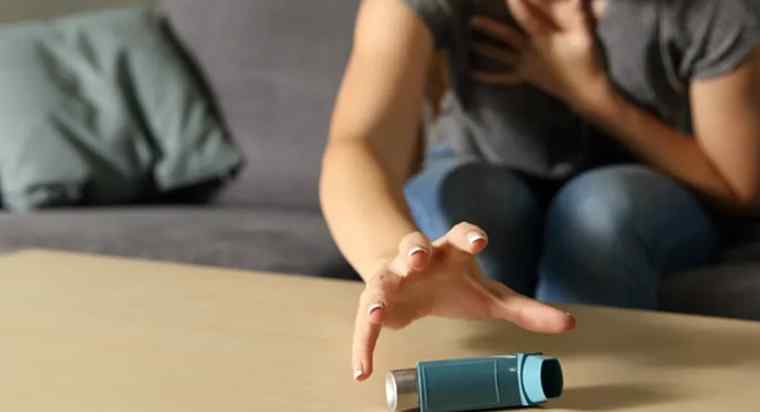Do you know anyone who has asthma? Have you ever seen them have an asthma attack? What did you do to help them? Whether you can answer those questions or not, one thing is clear: asthma attacks can be fatal if they are not promptly and properly attended to.
If you ever happen to be around someone having an asthma attack, what can you do to help them? In this article, you will learn what an asthma attack is, its causes, and how to help someone having an asthmatic attack.
What is Asthma?
Asthma is a chronic disease of the respiratory system. It is characterized by inflammation of the lungs and airways, and secretion of extra thick and sticky mucus in the bronchial tubes.
The bronchial tubes of an asthma patient are extra irritable — often red and swollen — and the muscles of the respiratory tract are tightened, restricting airflow. This could cause coughing, wheezing, chest pain, and sleep problems.
What is an Asthma attack?
During an asthma attack, the bronchial tubes become inflamed. Their linings secrete more mucus, and the bands of muscles around the airways begin to tighten.
Symptoms of an asthma attack include:
- Incessant coughing
- Wheezing
- Difficulty breathing
- Pain or pressure in the chest
- Shortness of breath
- Blue lips or fingertips
Causes of Asthma attack (asthma triggers)
Asthma patients usually have very sensitive and irritable bronchial tubes. Therefore, an asthma attack can be triggered when the airways are irritated by materials such as:
- Pollen
- Hay
- Pet fur
- Dust mites
- Mould
- Smoke (whether from exhausts or cigarettes)
- Chemical fumes
An asthmatic attack can also be triggered by a respiratory virus such as common cold, flu, or even allergies.
How to help someone having an asthma attack
Most asthma patients use an inhaler. An inhaler is a device that holds medicine prescribed by an asthma pulmonologist, usually in powder or mist form that is inhaled into the lungs.
The medicine is usually a rapid-action anti-inflammatory that helps to reduce the inflammation in the airway and relax the tightened muscles.
If an asthma patient shows signs of going into an attack, here’s what you should do:
- Stay calm. When you’re calm, you would be able to calm them down and encourage them to breathe slowly and deeply.
- Loosen any of their tight clothing and let them sit upright. That’ll open up their airways.
- Help them with their inhaler. They should take one puff of the medicine every 60 seconds and hold it in for 10-15 seconds.
- If they don’t feel better after that, let them take more of the medicine.
- NOTE: they cannot take more than 10 puffs during an asthma attack.
- Some asthmatic patients usually have a prescribed adrenaline auto-injector (AAI) for attacks triggered by an allergic reaction. If they still don’t feel better after administering the inhaler, and you suspect that the attack was triggered by an allergy, then give them the AAI in the upper, outer part of their thigh or as instructed.
- Take them to a lung doctor who specializes in treating asthma — an asthma pulmonologist immediately.
What if an asthma patient doesn’t have an inhaler?
Dealing with an asthmatic attack without an inhaler can be tricky. This is because the inhaler is the fastest relief that can alleviate asthma symptoms.
Nevertheless, here are some steps you can take to help an asthmatic patient who doesn’t have an inhaler:
- Stay calm and encourage them to stay calm as well.
- Help them sit and remove any tight clothing they have on.
- Help them steady their breathing by breathing along with them, or by using yoga and other breathing techniques.
- When they have calmed sufficiently and their breathing is better, take them to the nearest emergency room, or have them contact their asthma pulmonologist.
If you have questions about your respiratory health or need to see a pulmonary health expert, don’t hesitate to reach out to us. Here at PCC, we are dedicated to providing quality healthcare services and delivering accurate information about lung-related health issues.



 Translate
Translate

